These Are the Fattest Cities in America
Some cities have made a name for themselves by tipping the scales. Based on WalletHub’s 2025 rankings, this list dives into the U.S. metro areas where waistlines are the widest. We’ll also take a closer look at how local food, culture, and access to exercise all play into these numbers.
McAllen, Texas
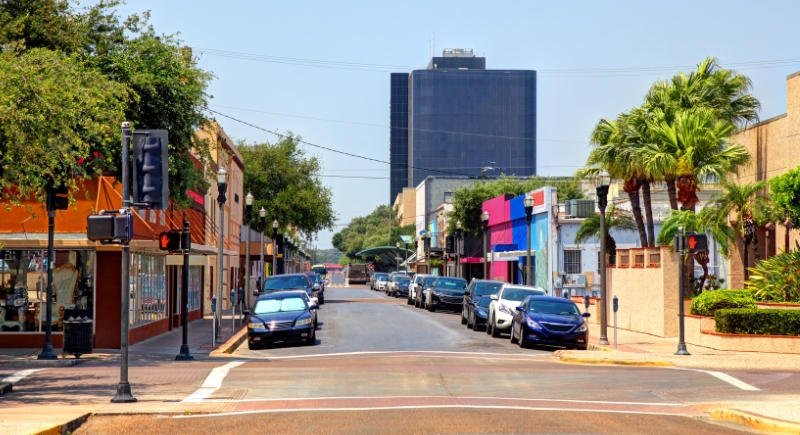
Credit: Getty Images
Burrito joints, taquerias, and sugary aguas frescas fuel McAllen’s food scene, but its physical inactivity levels top the national list. The city also has the highest combined percentage of obese and overweight adults. Residents face limited access to parks or gyms, which makes everyday activity a challenge. Recent investment in bike lanes and outdoor fitness stations is part of an effort to turn things around, though health improvements will likely be slow and gradual.
Little Rock, Arkansas

Credit: Getty Images
Teens in Little Rock face some of the steepest health risks in the country, with nearly one in four classified as obese. Fried chicken joints and smokehouse-style eateries are common, but produce access is much harder to come by in some neighborhoods. Public schools have started replacing vending machines with fresh snack options, while city libraries host walking clubs that mix literacy and exercise.
Jackson, Mississippi

Credit: Canva
Obesity in Jackson affects both young and old, but the roots run deeper than just diet. A strong tradition of soul food, paired with limited health care options and persistent poverty, makes lasting change difficult. Addressing the issue here means reshaping systems as a whole.
Mobile, Alabama
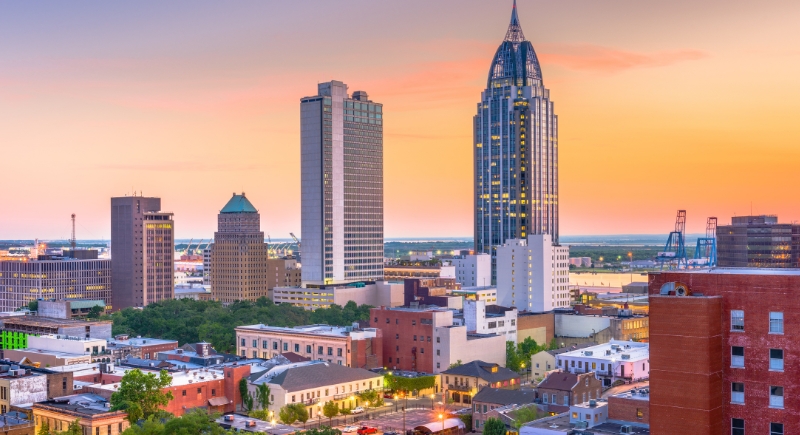
Credit: Getty Images
Mobile has plenty of flavor, with fried seafood, gumbo, and Southern staples always on the menu. But while the coastline offers plenty of natural beauty, many neighborhoods are missing the basics, like sidewalks or safe places to ride a bike. Some schools are digging into garden projects, and local clinics are getting creative with waterfront yoga and group walks.
Knoxville, Tennessee

Credit: Getty Images
Knoxville has one of the highest diabetes rates in the country. Given its proximity to the Smokies, you might expect outdoor activity to be more common here, but physical inactivity is still widespread.
Shreveport, Louisiana

Credit: Getty Images
Shreveport residents live in a metro where high blood pressure affects nearly half of adults. Considering that dishes like crawfish étouffée and boudin balls are served on almost every corner, it’s no wonder nutrition is a struggle. Parks are not always well-maintained, and walking trails are rare.
Augusta, Georgia
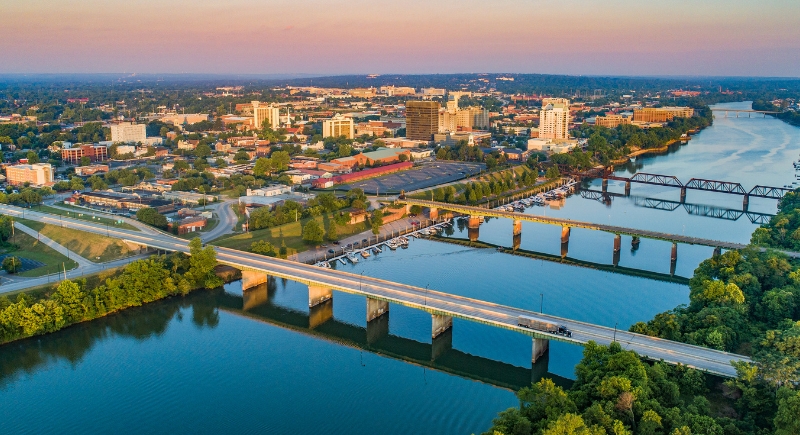
Credit: Getty Images
Though best known for the Masters Tournament, Augusta isn’t swinging above par when it comes to public health. High obesity and childhood overweight rates plague the area. Fast food chains far outnumber grocery stores in some neighborhoods, and even though the Savannah River offers beautiful walking paths, they aren’t always accessible or promoted.
Lafayette, Louisiana

Credit: Getty Images
In Lafayette, Cajun culinary tradition is both a badge of honor and a health hurdle. Dishes drenched in roux and fried goodness are staples, but local obesity rates rank among the highest.
Fayetteville, Arkansas

Credit: Getty Images
Despite having a large student population, thanks to the University of Arkansas, Fayetteville struggles with community-wide weight issues. In rural pockets surrounding the city, access to fresh produce and exercise opportunities is limited. Campus-led initiatives like biking events and nutrition seminars help, but long-term success depends on reaching older residents and families.
Birmingham, Alabama
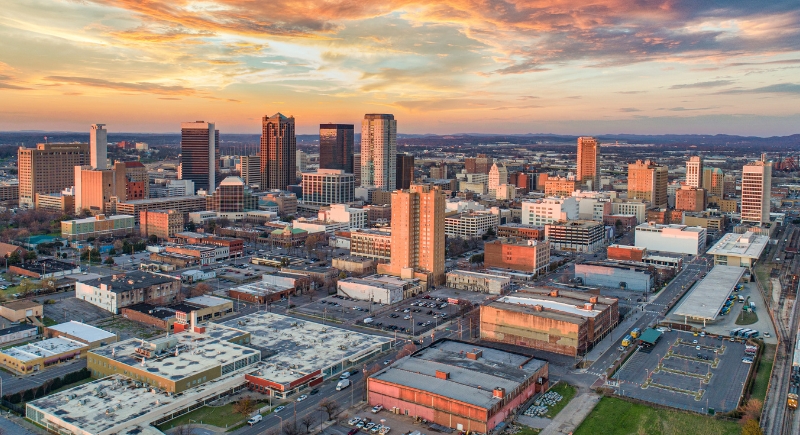
Credit: Getty Images
Birmingham’s industrial history left behind many factories and shaped neighborhoods without easy access to parks or sidewalks. Combined with deep-fried dining culture, this has contributed to lasting obesity and diabetes challenges.
Memphis, Tennessee
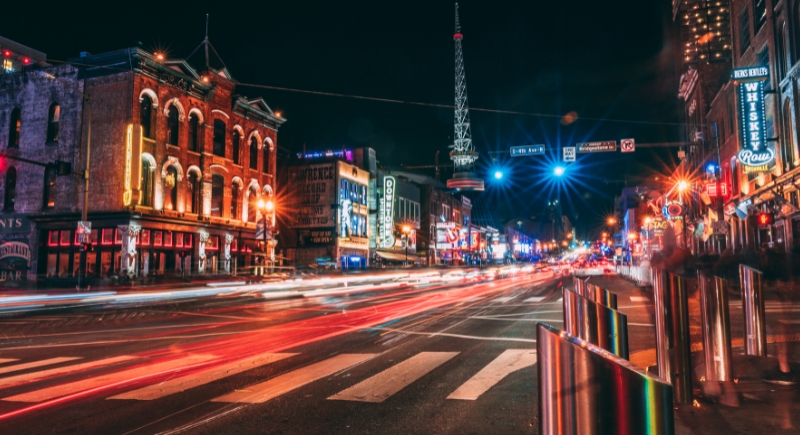
Credit: pexels
Memphis’s barbecue culture defines the city, but so do its high obesity and hypertension rates. The town has started encouraging a more active lifestyle with events like dance fitness at parks and “Veggie Week” at schools. Food deserts remain a significant obstacle in several zip codes. Some community groups now use mobile grocery vans to bring fresh produce into neighborhoods while providing basic health screenings.
Oklahoma City, Oklahoma

Credit: Getty Images
Oklahoma City faces serious challenges when it comes to staying active. It ranks high in obesity and low in walkability. Public transport is sparse, and car dependency is a way of life. In response, the city has started developing urban trails and neighborhood gyms. One successful initiative pairs low-income housing developments with community fitness instructors who lead free weekly sessions outdoors.
San Antonio, Texas
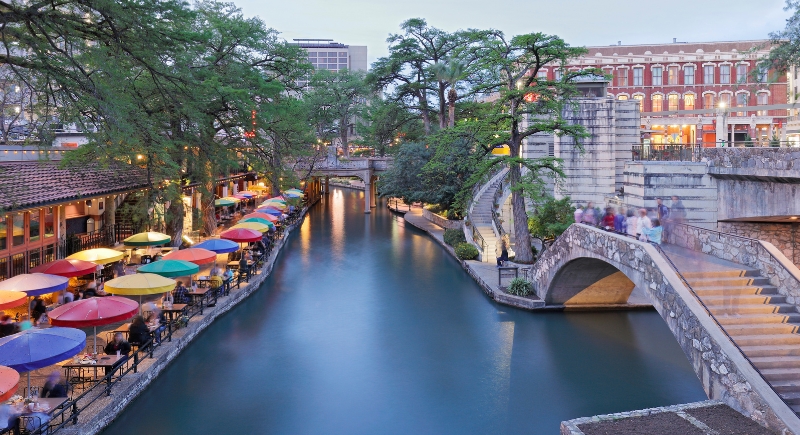
Credit: Getty Images
San Antonio has a deep-rooted food identity built around enchiladas, tamales, and pan dulce, but it also carries a heavy burden of obesity-linked diseases. Diabetes and high cholesterol are common, especially in older adults.
Baton Rouge, Louisiana

Credit: Getty Images
Gumbo, boudin, and beignets are still front and center in Baton Rouge, but that love for rich food is showing up in the city’s health stats. In many neighborhoods, especially lower-income ones, finding fresh produce isn’t easy. Local festivals are also starting to mix in nutrition booths and cooking demos alongside the usual fun.
Chattanooga, Tennessee
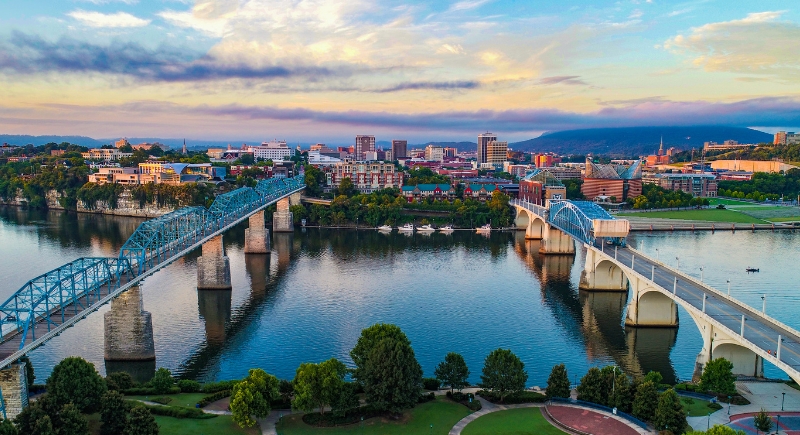
Credit: Getty Images
Even with easy access to riverfront trails and hiking routes, Chattanooga struggles with obesity and diet-related illnesses. The issue is less about geography and more about health education and food affordability.